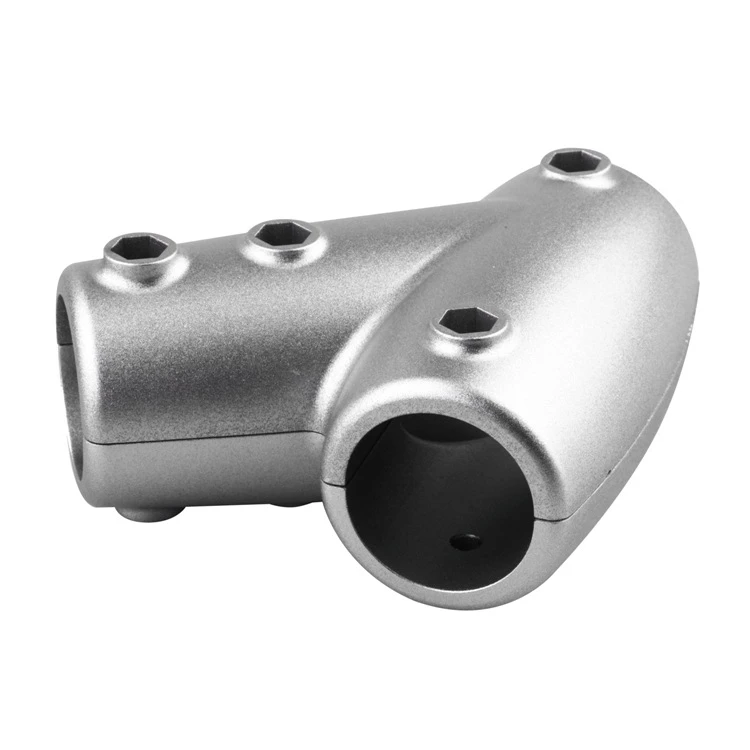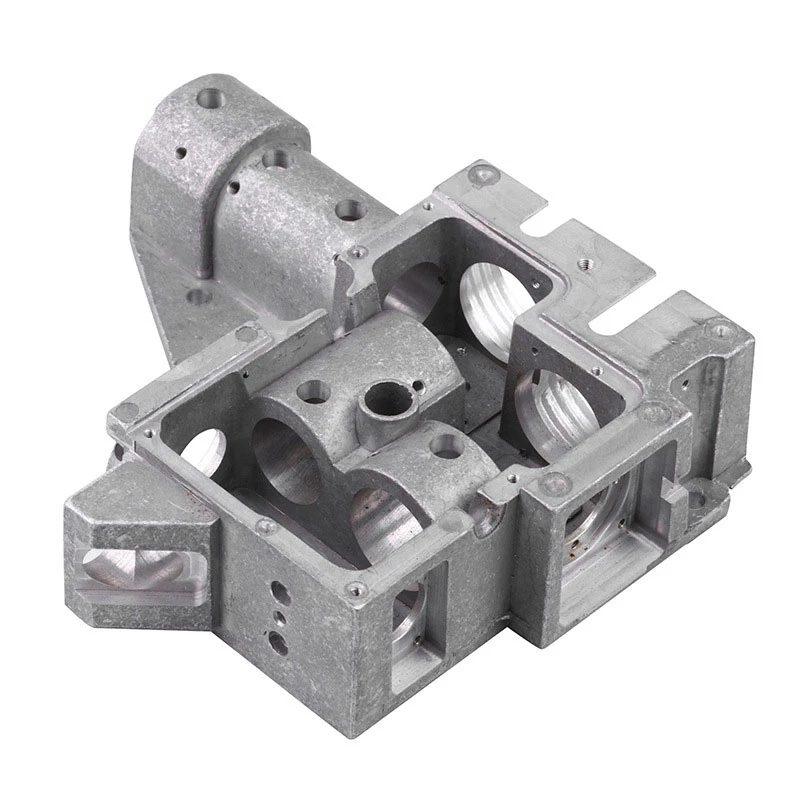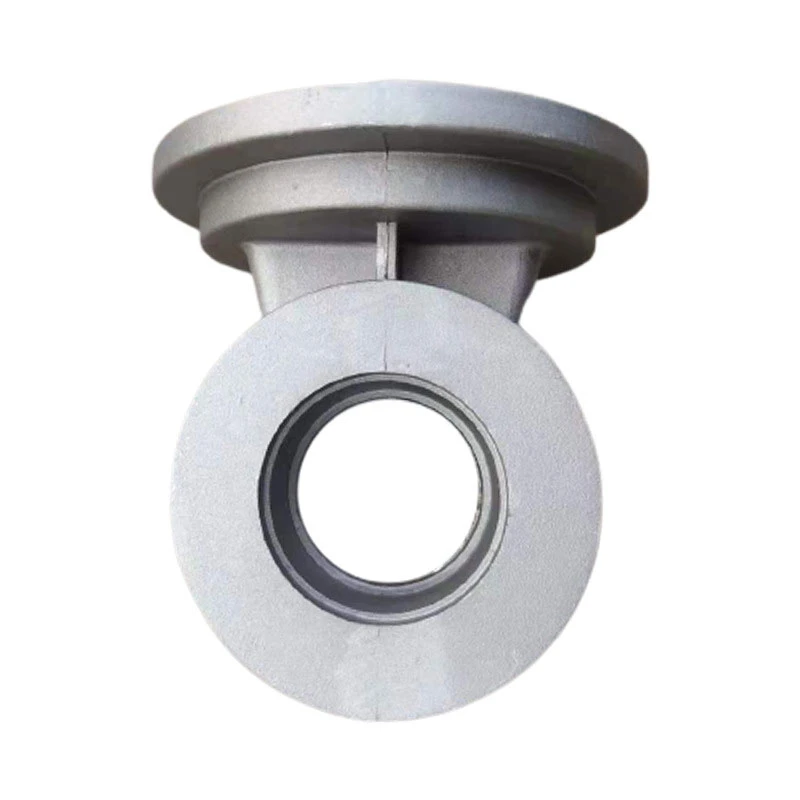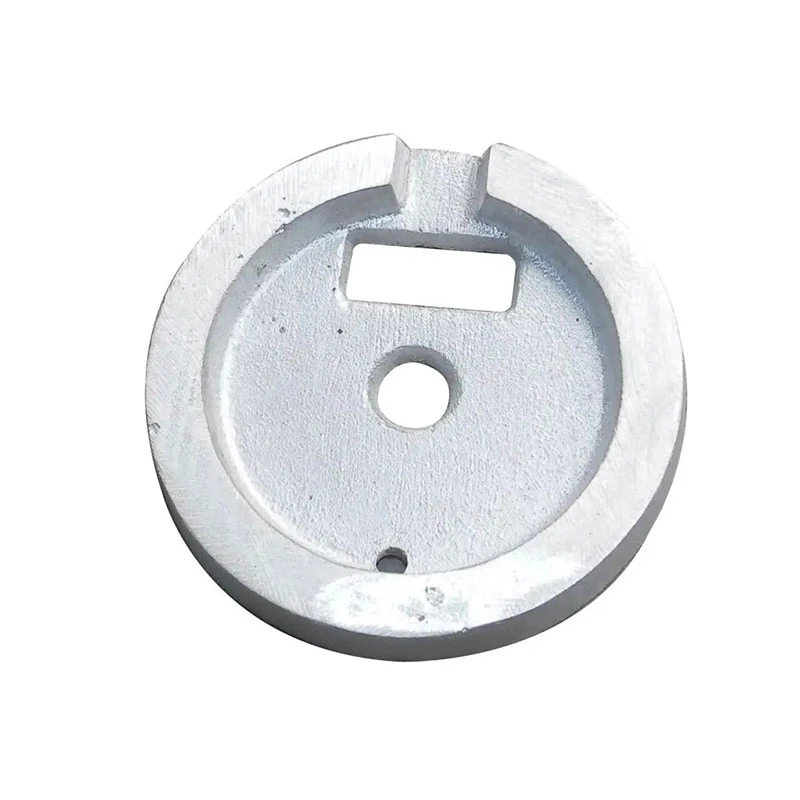Precision in Lost Wax Investment Casting Techniques and Their Impact on Quality
Precision Lost Wax Investment Casting An Overview
Precision lost wax investment casting, often simply referred to as investment casting, is a highly specialized manufacturing process that allows for the creation of intricate and precise metal components. This method is particularly advantageous for producing complex shapes and designs that would be difficult, if not impossible, to achieve through traditional casting methods.
What is Investment Casting?
Investment casting is a process that begins with a wax pattern, which is a replica of the final product. This wax pattern is coated with a refractory ceramic material to create a mold. After the coating hardens, the mold is heated to melt and remove the wax pattern, leaving a hollow ceramic shell. Molten metal is then poured into this shell, where it solidifies and takes the shape of the original wax pattern. Once the metal has cooled, the ceramic shell is broken away to reveal the finished component.
Advantages of Precision Lost Wax Casting
One of the primary advantages of precision lost wax investment casting is its ability to produce parts with exceptional dimensional accuracy and surface finish. The process is capable of achieving tolerances as tight as ±0.005 inches, making it ideal for industries where precision is paramount, such as aerospace, automotive, and medical device manufacturing.
Moreover, this technique allows for the production of highly intricate designs, including thin walls and complex geometries that would be challenging to create using other methods. The precision lost wax casting process is also versatile in terms of materials, accommodating a wide range of metals including stainless steel, aluminum, and brass. This flexibility enables manufacturers to select the most suitable material for their specific application, ensuring optimal performance and longevity.
precision lost wax investment casting

Applications Across Industries
The applications of precision lost wax investment casting span numerous sectors. In the aerospace industry, for example, companies utilize this method to produce lightweight, high-strength components such as turbine blades and structural parts. The medical device industry also benefits from investment casting, using it to create intricate surgical instruments and implantable devices that require a high degree of accuracy and reliability.
The automotive industry relies on precision lost wax casting for several components, including engine parts, transmission casings, and exhaust systems. By producing these parts through investment casting, manufacturers can lower production costs while simultaneously improving part performance and durability.
The Future of Investment Casting
As technology advances, the future of precision lost wax investment casting looks promising. Innovations such as computer-aided design (CAD) and 3D printing are revolutionizing how patterns and molds are created, further enhancing the precision and creativity of designs. Additionally, advancements in materials science may lead to the development of new alloys specifically tailored for investment casting applications, opening the door for even more applications across various industries.
In conclusion, precision lost wax investment casting is a vital manufacturing process that offers numerous advantages including intricate design capabilities, high dimensional accuracy, and versatility in material selection. Its applications across different industries highlight its importance, and ongoing technological advancements are set to enhance its viability and efficiency even further. As manufacturers continue to seek ways to improve performance and reduce costs, the significance of investment casting will only grow in the years to come.
-
Aluminium Pressure Die Casting High-Precision & Durable Solutions for Complex PartsNewsJul.08,2025
-
Top Aluminum Sand Castings Manufacturer – Precision Green Sand Castings for Industrial NeedsNewsJul.08,2025
-
Precision Lost Wax Casting Quotes – High Accuracy Custom Parts Lost Wax Precision Casting ServicesNewsJul.07,2025
-
High-Quality Sand Used for Casting - Superior Sand for Sand Casting ProcessesNewsJul.07,2025
-
China Supply High End Metal Stamping Parts Sino - Precision Manufacturing FactoryNewsJul.06,2025
-
High-Quality Automotive Investment Casting Services Precision & Sand Casting SolutionsNewsJul.06,2025















